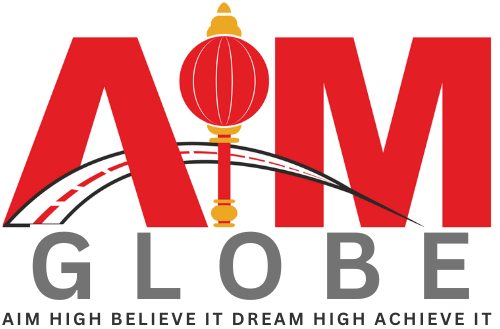USA Study Visa
International students seeking world-class education and diverse cultural experiences dream of studying in the US. Students can find the visa process intimidating and complicated. This guide covers eligibility, application, and success tips for US student visas.
Explaining Student Visa Types
F1 Visa: The most common US academic visa. Full-time students in accredited schools need it.
M1 Visa: For technical school students not studying academically.
J1 Visa: For students, scholars, and researchers in approved exchange programs.
Student visa eligibility: SEVP-approved academic institution admission: Applicants must first be accepted into a SEVP-approved school or program.
Financial resources: Ability to pay tuition, living expenses, and other costs for the intended US stay.
Providing evidence of strong ties to one’s home country, such as family, employment, or property ownership, to demonstrate intent to return after studies.
Process: Complete the online non-immigrant visa application (Form DS-160) and pay the fee.
Pay the SEVIS I-901 fee to DHS and get a receipt.
Schedule Visa Interview: After paying the DS-160 and SEVIS fees, visit the nearest U.S. embassy or consulate to interview.
Visa interview: Bring your passport, Form DS-160 confirmation page, SEVIS fee receipt, admission letter, financial documents, and other supporting documents.
Before the interview, applicants may be required to provide fingerprints and a photo at the Visa Application Center, depending on the embassy or consulate.
Documents Needed
Passport: Valid for at least six months beyond the intended residency in the US.
Verification page DS-160.
SEVIS Fee Payment Receipt (I-901).
SEVP-certified institutional admission letter.
Banking statements, sponsorship letters, scholarship awards, and financial aid letters showing enough money to cover expenses.
Academic transcripts, certificates.
Scores from TOEFL and IELTS tests.
Photos on a passport.
Academic certificates, letters of recommendation, and proof of home country ties.
Prior to the visa interview, prepare: Get to know the visa interview process and questions. Prepare answers to academic, financial, and future questions.
Code of Dress: For the interview, dress conservatively and professionally.
Honest and assured: Be honest and concise when answering questions.
Display Intent: State your intention to study in the US and return home afterward.
If the consular officer requests more documents, provide them quickly to expedite visa processing.
Visa approval/rejection: The consular officer will attach the visa to your passport and give you instructions for entering the US if your visa application is approved.
Visa rejection: The consular officer will explain the rejection. If necessary, address the denial letter concerns before reapplying for a visa.
Before Arriving in the US
Your academic institution will send you a Form I-20 (F1 visa) or Form DS-2019 (J1 visa) after visa approval. Take note of the instructions in the document.
SEVIS Registration: Prior to entering the US, pay the SEVIS fee and register with SEVIS.
Obtain health insurance as required by your institution and U.S. regulations.
Arranging travel: Planning your US trip includes transportation to your school and temporary lodging.
Learn US Laws: Investigate U.S. immigration, employment, and cultural norms for international students.
Conclusion: Obtaining a US student visa is a crucial step towards achieving academic and professional goals. By understanding the visa application process, preparing well, and proving your eligibility and intent, you can improve your chances. Be informed, consult your academic institution or DSO, and be confident and determined. With planning and persistence, you can have a rewarding US education.
